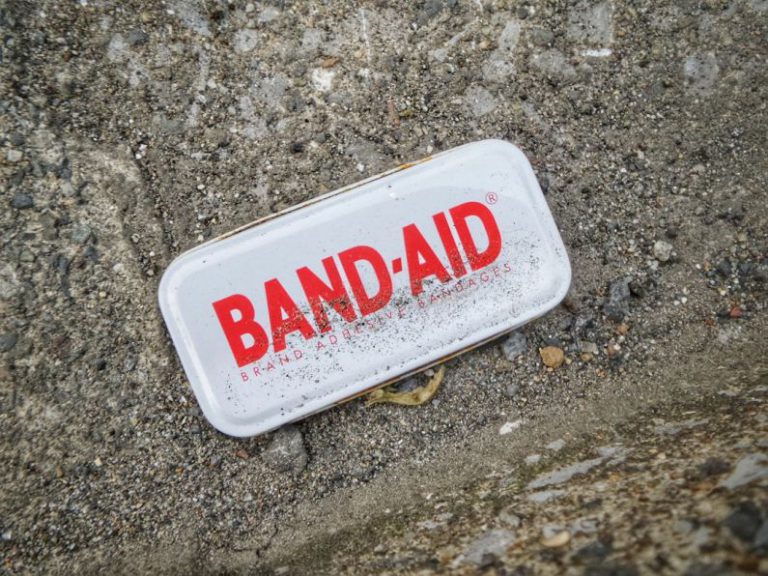Effectively Handling Punctures in Retreaded Tires
Retreaded tires are a cost-effective and environmentally friendly option for extending the life of tires. However, one common issue that drivers may face with retreaded tires is punctures. Dealing with a puncture in a retreaded tire requires a specific approach to ensure safety and optimal performance. In this article, we will explore effective methods for handling punctures in retreaded tires.
Understanding the Importance of Proper Maintenance
Proper maintenance of retreaded tires is crucial to ensure their longevity and performance on the road. Regularly checking the tire pressure, inspecting for any signs of damage, and ensuring proper alignment are essential steps in maintaining retreaded tires. By staying proactive with tire maintenance, drivers can reduce the risk of punctures and other tire-related issues.
Identifying the Location and Size of the Puncture
When a puncture occurs in a retreaded tire, the first step is to identify the location and size of the puncture. This can be done by visually inspecting the tire and listening for any hissing sounds that may indicate air escaping from the tire. Identifying the exact location of the puncture will help determine the best course of action for repair.
Assessing the Severity of the Puncture
Once the location and size of the puncture have been identified, it is important to assess the severity of the damage. Minor punctures such as small nails or screws can often be repaired using a tire patch or plug. However, larger punctures or damage near the sidewall of the tire may require more extensive repair or even replacement of the tire.
Temporary Repair Options
In some cases, drivers may need to perform a temporary repair on a punctured retreaded tire to safely reach a repair shop. Temporary repair options such as tire sealants or plugs can help seal the puncture temporarily and prevent further air loss. However, it is important to note that temporary repairs are not a long-term solution and should be addressed by a professional as soon as possible.
Professional Repair and Inspection
For long-term reliability and safety, it is recommended to have any punctures in retreaded tires professionally repaired and inspected by a qualified technician. Professional repair shops have the necessary tools and expertise to properly assess the damage and determine the best course of action for repair. Additionally, a professional inspection can help identify any underlying issues that may have contributed to the puncture.
Preventative Measures
While punctures are an inevitable part of driving, there are preventative measures that can help reduce the risk of punctures in retreaded tires. Avoiding road hazards, maintaining proper tire pressure, and regularly inspecting tires for signs of wear and damage can all help minimize the likelihood of punctures. Additionally, using tire sealants or protective coatings can provide an extra layer of defense against punctures.
Conclusion: Ensuring Longevity and Performance
Effectively handling punctures in retreaded tires is essential for ensuring the longevity and performance of these cost-effective tire options. By staying proactive with tire maintenance, promptly addressing punctures, and seeking professional repair when needed, drivers can keep their retreaded tires in optimal condition for miles to come. Remember, safety should always be the top priority when dealing with tire issues, so never hesitate to seek professional assistance when in doubt.






